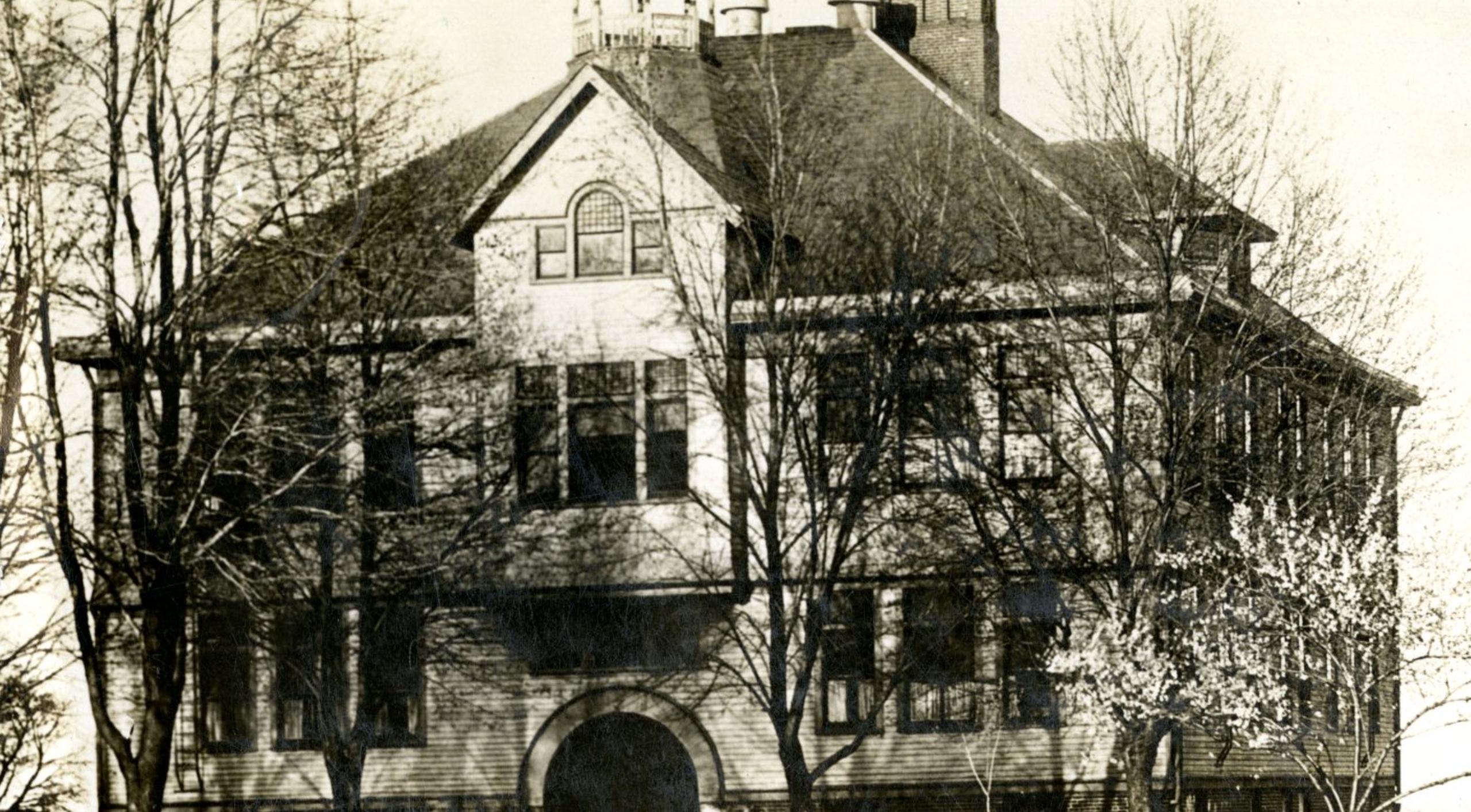Homer High School
Image Credit:
Homer Historical Society
Once located in east Homer and built in 1890
The Homer High School building where Mary Mack (née Morgan, step-daughter of Wiley Jones) became the first African American to graduate in Homer, where William Walter Smith became the first African American to graduate from University of Illinois, and where Robert Earnest and others attended, no longer exists. William Frank Earnest, Class of 1915, who was the first African American to die in combat during World War I in France, graduated from the Homer Opera House. His signatures are still found on the stage.
Continue Reading History
SOURCE:
“From the Timber to the Prairie: A History of Homer, IL.” Vol. 1., Ray Cunningham and Molly Spencer Shoal, [Homer Historical Society, Homer, IL 2005]; Census; Champaign 1885 County Directory.
Decade:
1890-1899
People:
- Mary Mack
- Robert Earnest
- William F. Earnest
- William Walter Smith
Location(s):
- Homer, Illinois
Additional Homer Trail Sites

Make a difference.
The Trail relies on the generosity of private and public donations. With your gift, you help ensure that the Trail is a free, accessible experience for all. You also help make our vision—to inspire conversation, expand understanding, and contribute to a better society—a reality.
